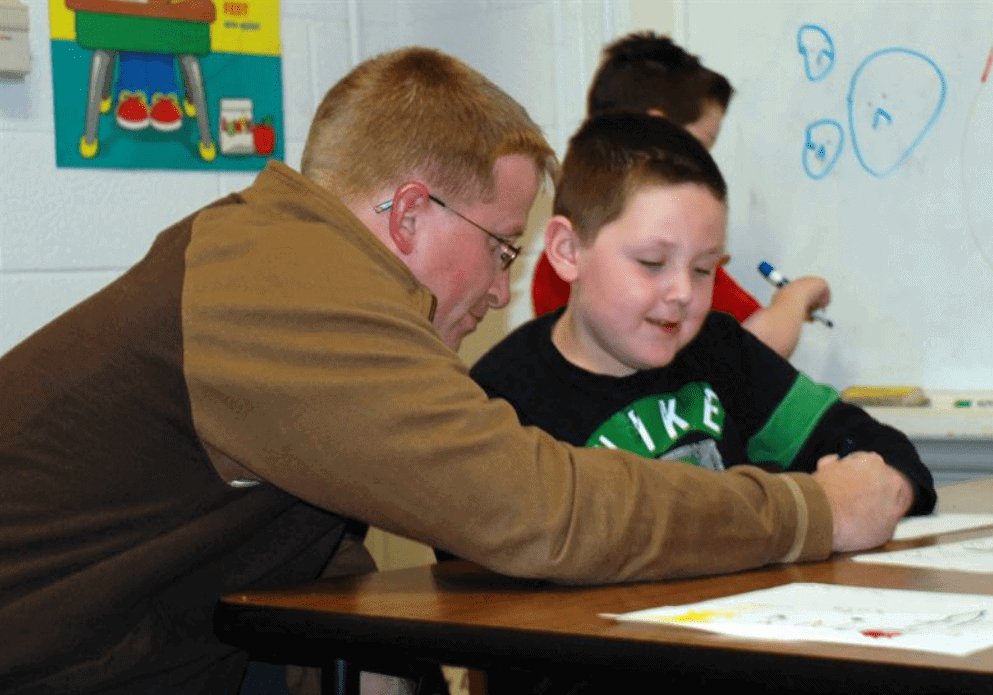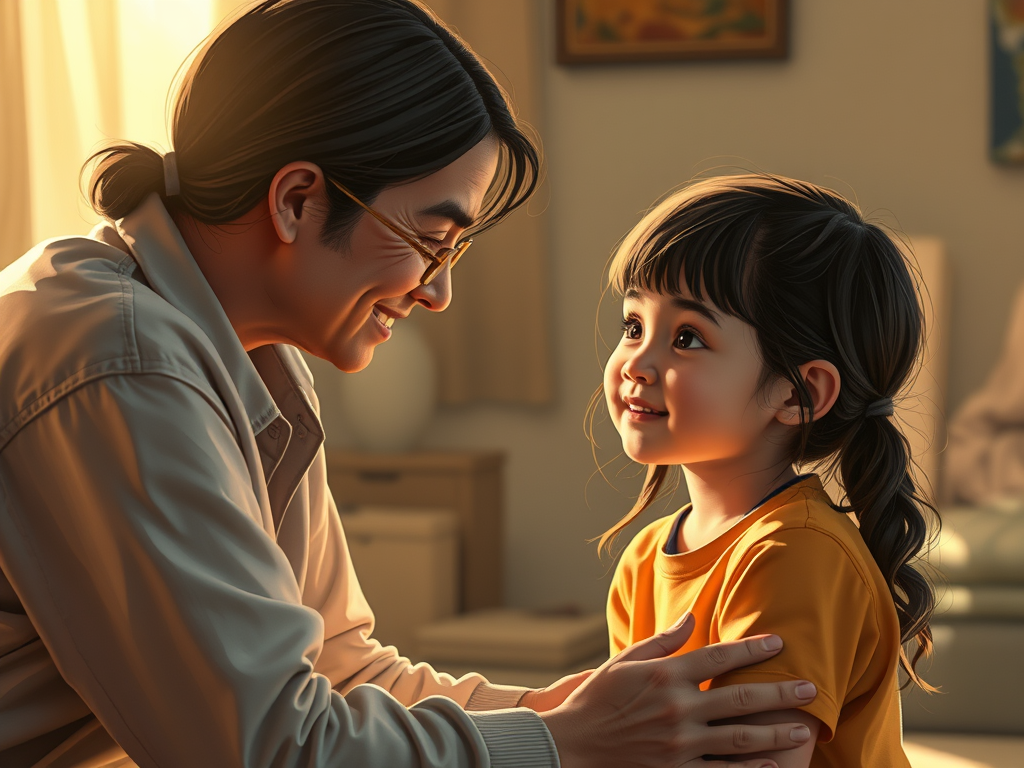Find Out if ADHD Needs to Be Treated (Top Three Recommendations for ADHD Symptoms)

|
Getting your Trinity Audio player ready...
|
You’ve likely heard of ADHD or Attention Deficit Hyperactivity Disorder. If you’re the parent of a school-aged child, it’s worth learning more about. ADHD is so common that if your child doesn’t have it, they will likely have a friend or classmate who does. Below you will find some useful info and tips to help children with ADHD Symptoms.
How Does ADHD Affect Children?
ADHD can make it difficult for a child to control their impulses. They may also be fidgety, restless, and prone to accidents. It’s often difficult for a child with ADHD to pay attention in the classroom.
Some argue about whether ADHD is real. Whether the diagnosis is real or not…the symptoms: difficulty focusing on one thing at a time, trouble sitting still, careless mistakes, losing focus when not interested…those are real and can impact a child’s (or adult’s) full potential.
For more info about how ADHD affects children see ADHD: Signs and Symptoms
What Causes ADHD?
Second, factors in a child’s environment can put them at higher risk for developing ADHD. These factors include prenatal exposure to drugs or a pregnant mother with eclampsia, among others. Socioeconomic factors might also contribute. These include parental marital problems, a large family or placement in foster care.
Scientists don’t know exactly what causes ADHD, but signs point to a combination of factors. First, genetics plays a part. It is likely a child with ADHD symptoms has at least one parent or another family member who also has ADHD symptoms.
Some argue that early abuse or neglect can lead to symptoms that look like ADHD. While this may be true, it is challenging to tease out the exact diagnosis sometimes, but it is still imperative to try to treat the symptoms.
Parents can work with their child’s doctor (and other clinicians such as a child psychologist, psychiatrist, or developmental perdiatrician) to determine the best course of action for treating the symptoms.

Part of the treatment can include working with a counselor to address possible past trauma, reduce stress, improve focus, and reduce impulsivity. Strategies to do this may include:
- providing or suggesting tasks or activities to build confidence
- teaching emotional regulation techniquest
- teaching mindfulness and self-care techniques
What Happens if ADHD Goes Untreated?
In some cases, nothing happens. Some people with ADHD find a way to navigate through school, adulthood, etc. without ever getting support for their symptoms. They may be social, successful, have a family, etc, and just accept that they can lose focus, forget things, lose things, have trouble sitting still, etc. It’s hard to know how things would have turned out if they had a treatment plan for their symptoms, but we can’t speculate.
However, in many cases, ADHD symptoms can impact functioning enough at school, at home, etc. that it would be unjust to not provide support. We have to be sure that when we put expectations on a child they make sense for the way that child processes information best.
Children with ADHD symptoms do not process information best in an environment with a lot of sitting, listening, and lengthy challenging tasks (with little break time). That doesn’t mean something is wrong. It just means a different approach is needed. Without support or treatment for their needs, children with ADHD symptoms can miss a lot of important information and experiences, both at school and out in the world. This can carry over into adulthood impacting jobs and relationships.
Additionally, due to problems with impulse control, some students with ADHD are at risk for injury. When a child is impulsive it can lead to accidents.

Is Medication an Option?
Understandably, many parents are hesitant to treat a child with medication after they are diagnosed with ADHD. Research actually suggests that if medication is used it should be done in conjunction with behavioral strategies and therapies.
Medication should not be used as a stand-alone treatment for ADHD. In some cases, behavioral therapies and strategies at home and in the classroom, are enough to support a child with ADHD without the use of medication.
As with all healthcare decisions, evaluating the risks and benefits of available treatments, with a treatment team (e.g., counselor, psychiatrist, etc.), helps many parents make a decision.
Untreated ADHD and Substance Abuse
Untreated ADHD puts a child at risk for substance abuse as an adolescent and as an adult. People with untreated ADHD are three to four times more likely to self-medicate with drugs and alcohol.
People with ADHD symptoms who need support but don’t receive it, often have difficulty handling stress and high-pressure environments. This can lead to frustration, anxiety & depression.
Substances like drugs and alcohol, can temporarily boost mood and briefly treat these symptoms. Overtime; however, one can become reliant on substances to feel good and develop an addiction.
3 Available Treatments for ADHD
1. Behavioral Therapy for ADHD
Some behavioral therapies may curb ADHD symptoms. Behavioral therapy includes individual therapy, family therapy, group therapy & interventions provided within the school and classroom.

For more specific information on behavior therapies and school interventions see:
- 6 Research-Based Interventions to Treat ADHD in Children (pros and cons of medication also discussed)
- Try These 14 Strategies to Help Children with ADHD Improve Focus and Behavior
2. Mind-Body Therapy Treatments for ADHD
Activities like yoga, Tai Chi, physical activity, and meditation are correlated with symptom reduction in children with ADHD.
When practiced consistently over time, they can also boost self-esteem, reduce anxiety, and lead to better sleep. These practices are often free or low-cost and may save thousands of dollars in medication over the course of a few years.
Parents, counselors, and educators can also engage in these activities with their child, student, etc. to promote bonding and security and allow for a break from more work-based tasks.

3. Pharmacologic Treatment of ADHD
ADHD medications fall into two categories: stimulants and non-stimulants. Giving a child with ADHD a stimulant seems counterintuitive, but these medications actually stimulate the part of the brain driving impulse control.
Non-stimulant medications include antidepressants and alpha agonists. These non-stimulant medications improve ADHD symptoms by controlling the production and processing of neurotransmitters like serotonin and dopamine.
For more in-depth research-based interventions for the treatment of ADHD, including the pros and cons of medication please see: 6 Research-Based Interventions for the Treatment of ADHD in Children
You May Also Like: Interactive ADHD Checklist
Moving Forward with ADHD
As a parent, you want to do everything right for your child. It’s hard to know what’s right when you’re looking at a treatment plan that leaves you with questions. If you are unsure of the best way to treat your child’s ADHD, don’t feel you have to decide on your own. If you feel uncomfortable or unsure of your child’s diagnosis and what it means for you and your family, don’t hesitate to get a second opinion.
Many parents of children with ADHD find working with a full team of invested adults helps them feel confident about their ADHD treatment plan. This team might include a therapist, a psychiatrist, your child’s teacher, an educational advocate, a mindfulness coach, a nutritionist, etc.
ADHD can impact the whole family, and it is important for both parents (if present) and any other family caretakers, to be actively involved and supportive of the child and their treatment plan.

Summary
Helping your child address their ADHD symptoms can improve their mood, self-esteem, time on task, decision-making, school work, and relationships. With better impulse control, they’ll likely be better able to make and keep friends and feel more confident and capable in the classroom.
Their physical health might improve from fewer accidents, more exercise, and better nutrition. You’ll also reduce their risk for addiction in the future.
Most of all, when working with your child to find a solution to their needs, you’ll be showing them love, compassion and willingness to help others overcome obstacles.






